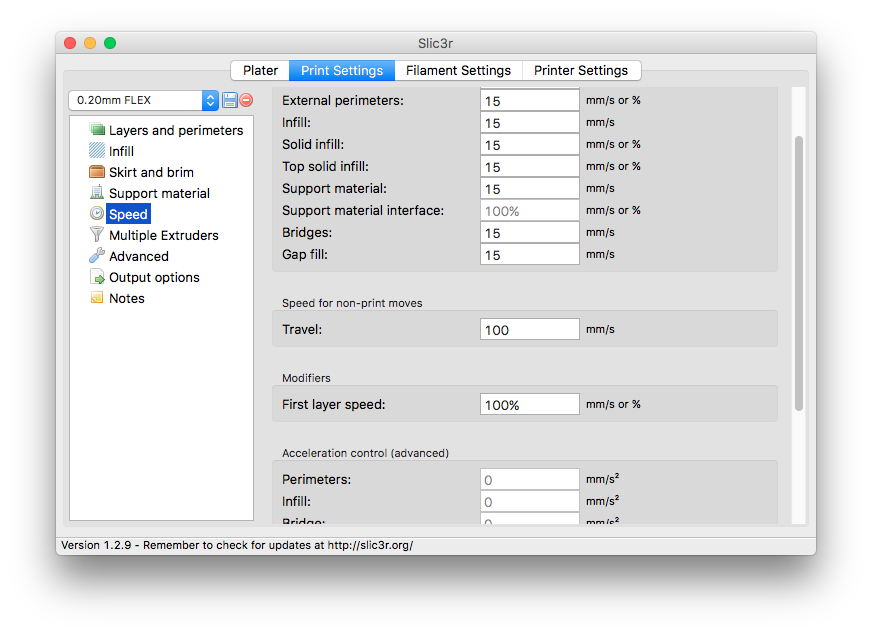If you've been 3D printing for any length of time, you've come across a problem or two.
Was the solution easy to figure out?
Are you sure you really fixed the problem, or did you just put a band-aid on it?
How did you know that your slicer settings were adjusted to the best they could be?
There's an easy, reliable way to troubleshoot your 3d printing problems using an approach I call The Limits of One.
Why the limits of one Approach Works
When something goes wrong with the model you're printing, it's easy to get lost in all the different settings.
There are TONS of things to adjust and a lot of combinations of settings that could result in a good print.
If I was new to 3D printing and saw this, I'd be confused too.
The best approach I've found is to focus on one variable at a time and learn everything you can about that variable and how it influences your desired result.
This gives you invaluable insight into how your printer works with the filament you're using.
"Is there really that much harm in adjusting a couple settings?"
When you adjust 3 or 4 settings at once trying to get a good print, it's difficult to know exactly what it was that gave you that good result.
You may end up with a good final print, but you don't learn much for your next prints. And the troubleshooting starts all over again with your next print.
This approach keeps that from happening.
So how can you use The Limits of One in your 3D printing? Watch the video below:
that's great, but now what?
Now that you know what The Limits of One approach is, what can you do with it?
My question to you is, what are you struggling with?
What's your biggest quality problem with your printed models?
Because chances are, you can easily solve your problems with my approach.
Are your outer walls ugly?
Let's break down all the factors that influence the outer walls and get to tweaking.
Can't get rid of stringing?
Or when you do get rid of stringing, do you have tiny gaps in your outer walls?
Break down the factors and get to work.
THIS IS TOO COMPLICATED!!
Are you having trouble knowing where to start?
Leave a comment below about your problem and we'll see if we can help you out.


